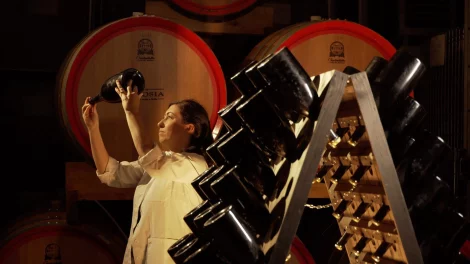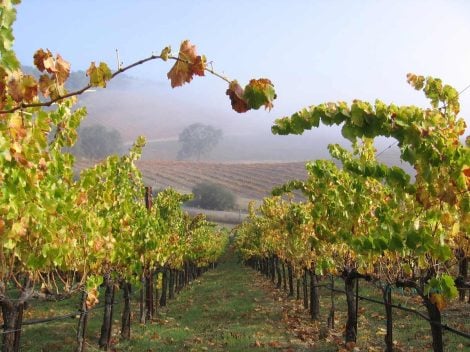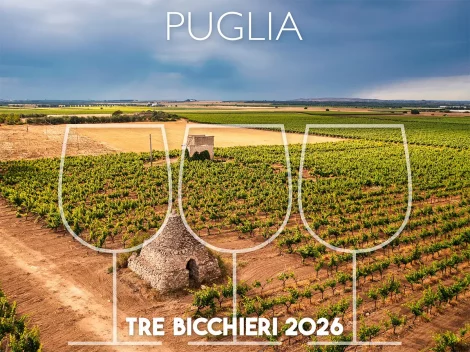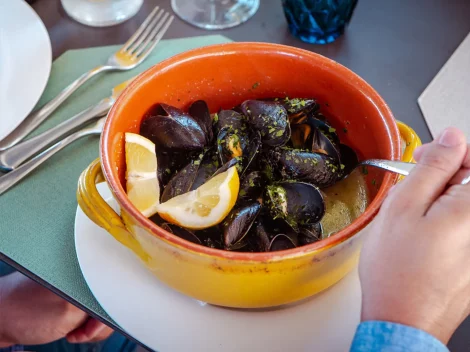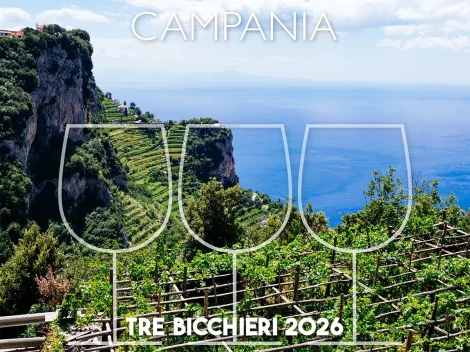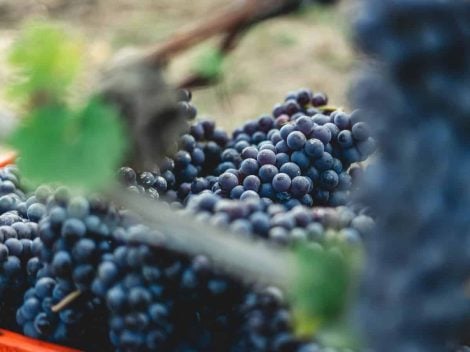There’s no doubt about it: the tramezzino is unmistakably a Turinese glory, with an official date to prove it. In the historic Caffè Mulassano, a small jewel of wooden panelling under the porticoes of Piazza Castello, a discreet brass plaque on the tramezzino display case — in perfect Piedmontese understatement — informs visitors that “In 1926 Mrs Angela Demichelis Nebiolo invented the tramezzino.”
Tramezzini and pancarré
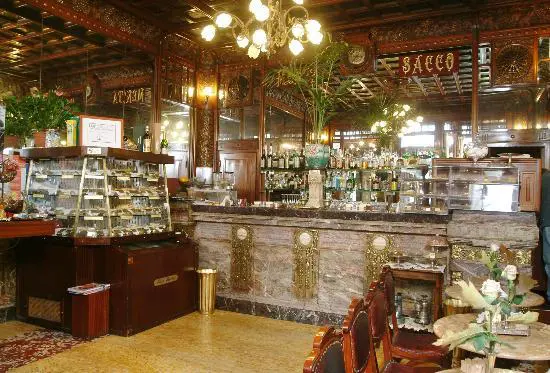
Mulassano Bar
Behind this invention lies the adventurous story of a Piedmontese couple who had emigrated to the USA. Angela Demichelis left for America at the age of 15, in the early 1900s. In Detroit, she met and married Onorino Nebiolo, who was twice her age and ran restaurants and nightclubs with his brothers and brothers-in-law. But the longing to return to Italy was strong (rumour has it that the Nebiolos’ businesses had attracted the attention of the Italo-American mafia). So, when they learned that in Turin, in Piazza Castello, Amilcare Mulassano, owner of the famous Distilleria Sacco, was selling his café, the Nebiolos decided to go back. With their savings from America, in 1925 they bought Mulassano.
It was Angela — a determined woman who had even got her driving licence in the States — who gave the café a new direction. The Nebiolos brought back from America the first toaster, quite the novelty in Turin at the time. But that wasn’t enough: Angela’s brilliant idea was to use the same soft bread as for toast — pancarré — cutting off the thin crusts and not toasting it, to make small sandwiches filled with tasty ingredients (legend has it the first were with butter and anchovies, still a must today). They were an instant success.
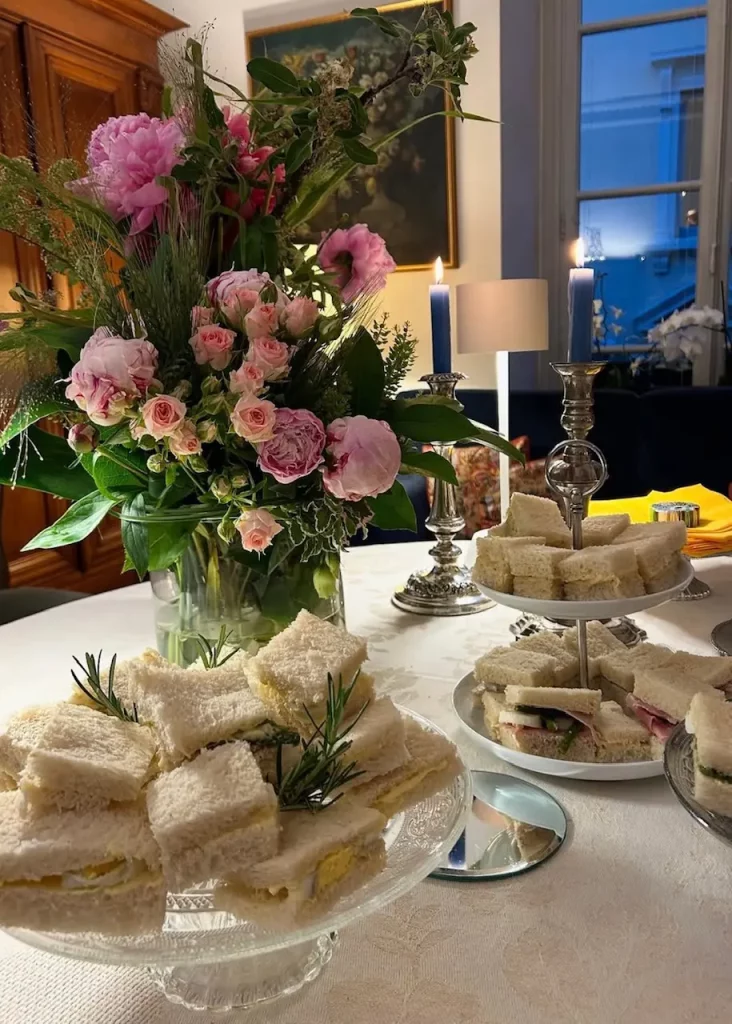
And here we must open a parenthesis: even pancarré itself is said to have originated in Turin. In the 19th century, the story goes, it was linked to the city’s last executioner, Piero Pantoni, to whom bakers, as a sign of contempt, would serve bread upside down. The king issued an order forbidding this discriminatory gesture, so what did the bakers do? They invented a square-shaped bread, identical on both sides, which they could continue to serve upside down without risking punishment — and that was how pancarré was born.
D’Annunzio and a name that became legend
As for the name, it was a few years later that Gabriele D’Annunzio, a regular at Mulassano, ordered “uno di quei golosi tramezzini” (“one of those delicious little sandwiches”) before lunch — and in doing so, coined a name that would enter into legend. Perhaps inspired by the wooden partitions (tramezzi) in his Abruzzo home, or rather by the fact that they were perfect for a snack “in between” breakfast and lunch.
Of course, D’Annunzio had already lent his creativity (and fame) to many products — from Aurum liqueur to Amaretto di Saronno, Amaro Montenegro, Saiwa, and La Rinascente — apparently for generous fees (though there’s no record of any payment regarding the Turinese tramezzino).
Only later did this “little sandwich” spread to Venice, becoming el tramesin, and from there throughout the Veneto. In July 1936, La Cucina Italiana made it official nationwide, publishing the first tramezzino recipe.
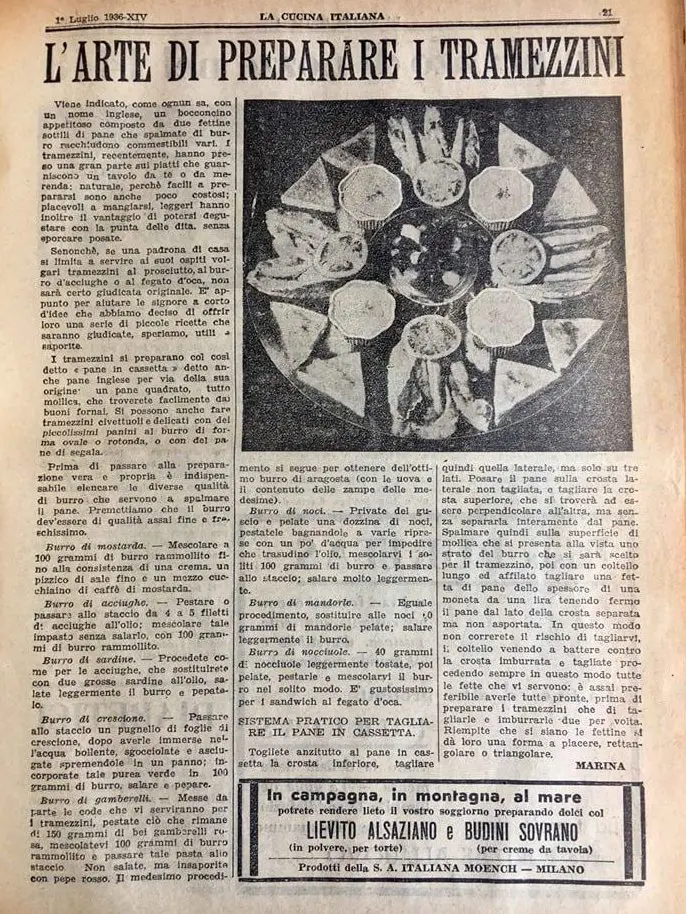
Angela Demichelis Nebiolo’s creation (who, for the record, died in Turin in 2003 at the venerable age of 99) became a cult icon, a proto-example of food design. Over the years, generations of Turinese have enjoyed it at Mulassano — actors from the nearby Teatro Carignano, opera singers from the Teatro Regio, painters Luigi Spazzapan, Italo Cremona, Gigi Chessa, Mario Soldati, Dario Argento, and many others.
While Mulassano holds the primacy, today tramezzini are the quintessential Turinese sandwich, a cult especially in the city’s historic cafés. Some swear by the original recipe created by Angela Demichelis Nebiolo; others prefer the smaller ones from Baratti, or those from Zucca or Platti — triangular as originally or rectangular. The combinations have multiplied (up to 20 or 30 variations), including those with truffles, lobster, and even flavoured breads.
The perfect tramezzino
There are now even courses on how to make the perfect tramezzino. They’re taught by Paola Mazzier, a Turin native passionate about cooking (she offers impeccable home restaurant–style Piedmontese dinners) and fine wine (she’s a sommelier and produces wine in Montegrosso d’Asti). In her Casa Pepita in Via Assarotti, she runs tramezzino workshops — at least twice a month, for a maximum of eight people (www.casapepita.it) — though sessions can be arranged on request for other dates.
It all begins with the pancarré, which is made on-site. Of course, “since not everyone has a stand mixer at home,” Paola provides tips on where to buy the ideal bread for tramezzini.
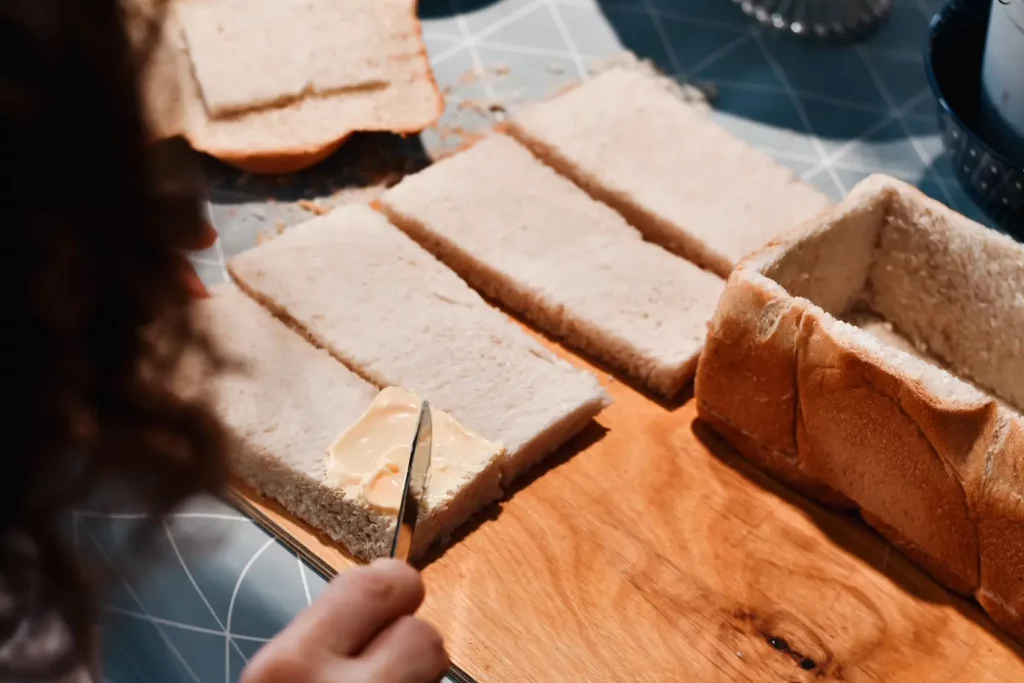
A key moment in the course is the art of cutting the bread, to achieve tramezzini of the right size and thickness (Paola prefers “slightly thicker slices”). Then come the fillings. The classics can’t be missed: tuna and artichokes; raw ham and mushrooms; robiola cheese and olive paste; cooked ham and mustard mayonnaise. The mayonnaise must be light and easy to spread — and Paola teaches how to apply it properly. Finally, the tramezzini are packed into bread boxes, each holding eight sandwiches, which participants take home after the class.
The return of the sanguis
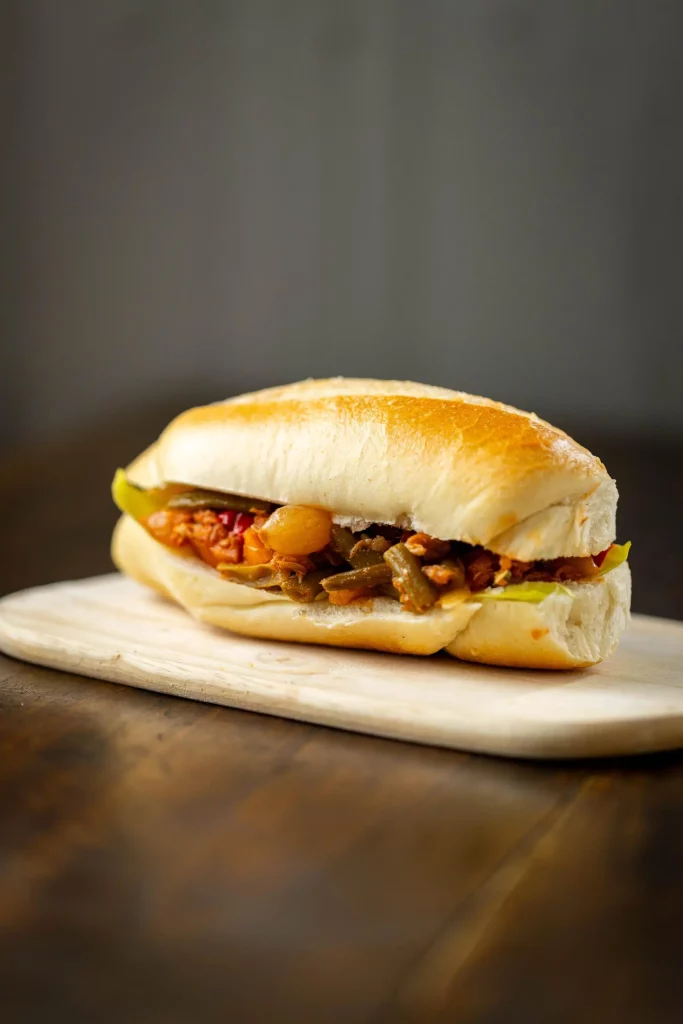
A final note. In the homeland of the tramezzino, there’s another version of the “Italian-style sandwich”: the sanguis. The term is a Piedmontese adaptation of the English word sandwich, once used by old Turinese to describe the filled roll invented by Lord Sandwich, who wanted to keep playing cards while eating.
But here, instead of thin slices of pancarré, the sanguis were hearty filled rolls. Today, they’ve almost vanished (and no one calls them that anymore). Yet in Porta Palazzo, the heart of old Turin, at the revived Caffè Roma, in collaboration with the kitchens of the San Giors restaurant next door, the tradition of Piedmontese “sanguis” has returned — a wonderful idea.
Made with bread from Luca Scarcella, an outstanding baker and leavening expert, they revive Savoy recipes: vitello tonnato, anchovies in green sauce, peppers with bagna cauda, Gianduja antipasto, and frittata. The newest and most popular version is filled with camembert, Turgia salami from the Lanzo Valleys, and honey — a perfect combination for a sanguis reinterpreted with creative flair.

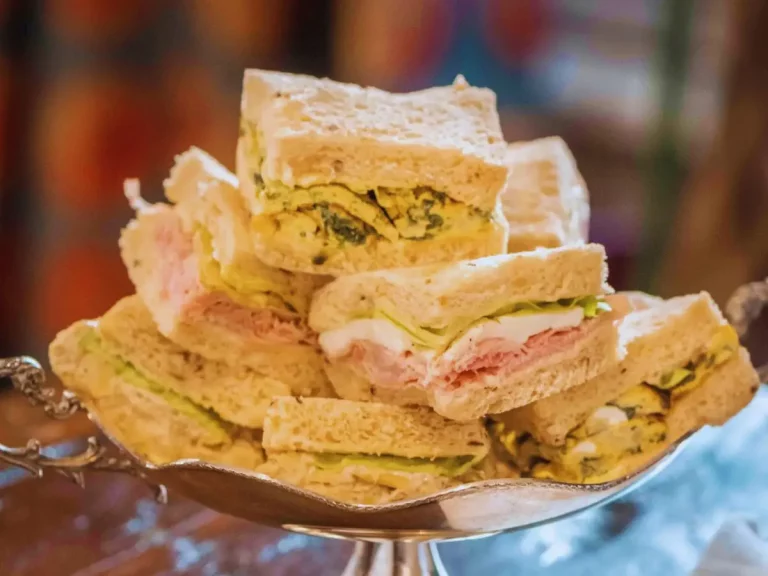
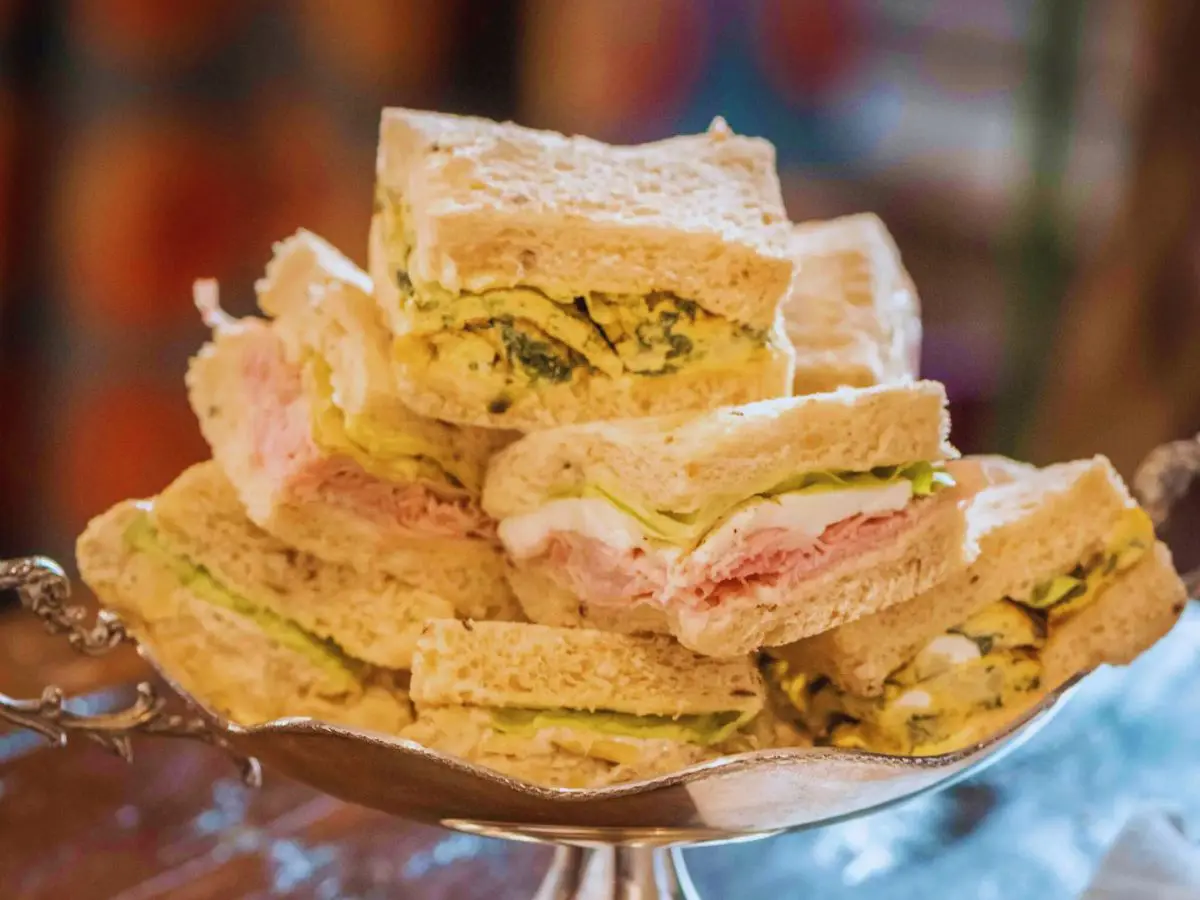 Turin, where it all began: the legend of the tramezzino
Turin, where it all began: the legend of the tramezzino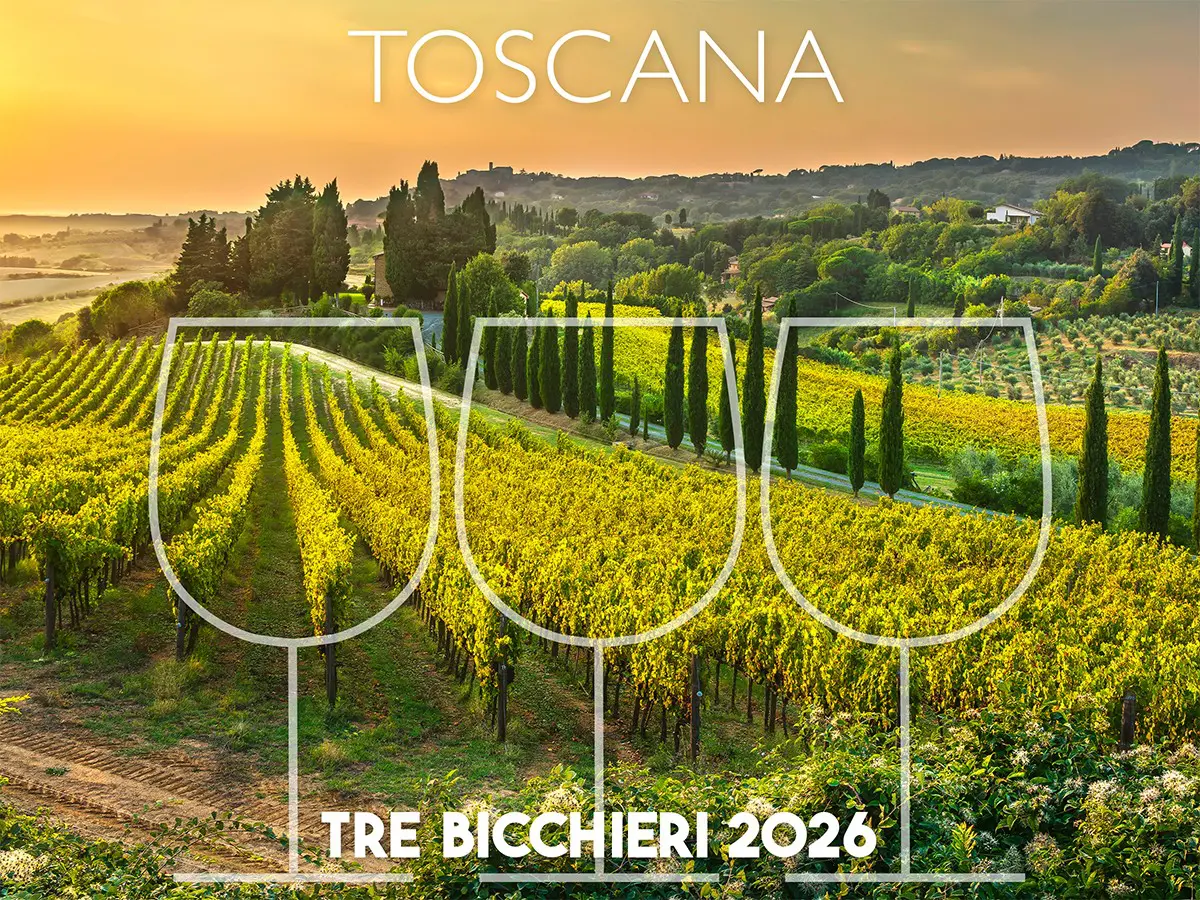 Tre Bicchieri 2026: the best wines from Tuscany awarded by Gambero Rosso
Tre Bicchieri 2026: the best wines from Tuscany awarded by Gambero Rosso Tre Bicchieri 2026: the 11 best wines from Lazio awarded by Gambero Rosso
Tre Bicchieri 2026: the 11 best wines from Lazio awarded by Gambero Rosso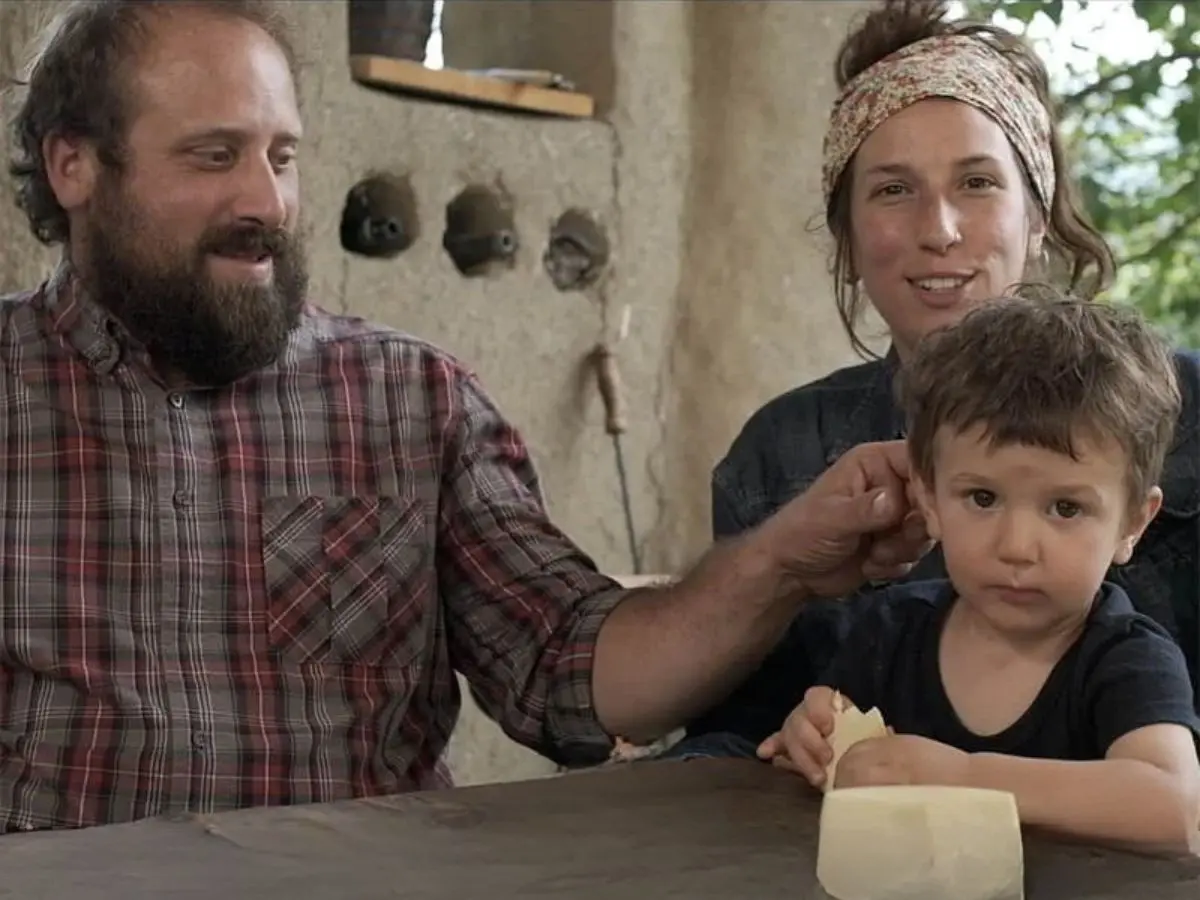 Rare cows at pasture, unspoilt nature, and organic cheese: welcome to the AmaMaja paradise
Rare cows at pasture, unspoilt nature, and organic cheese: welcome to the AmaMaja paradise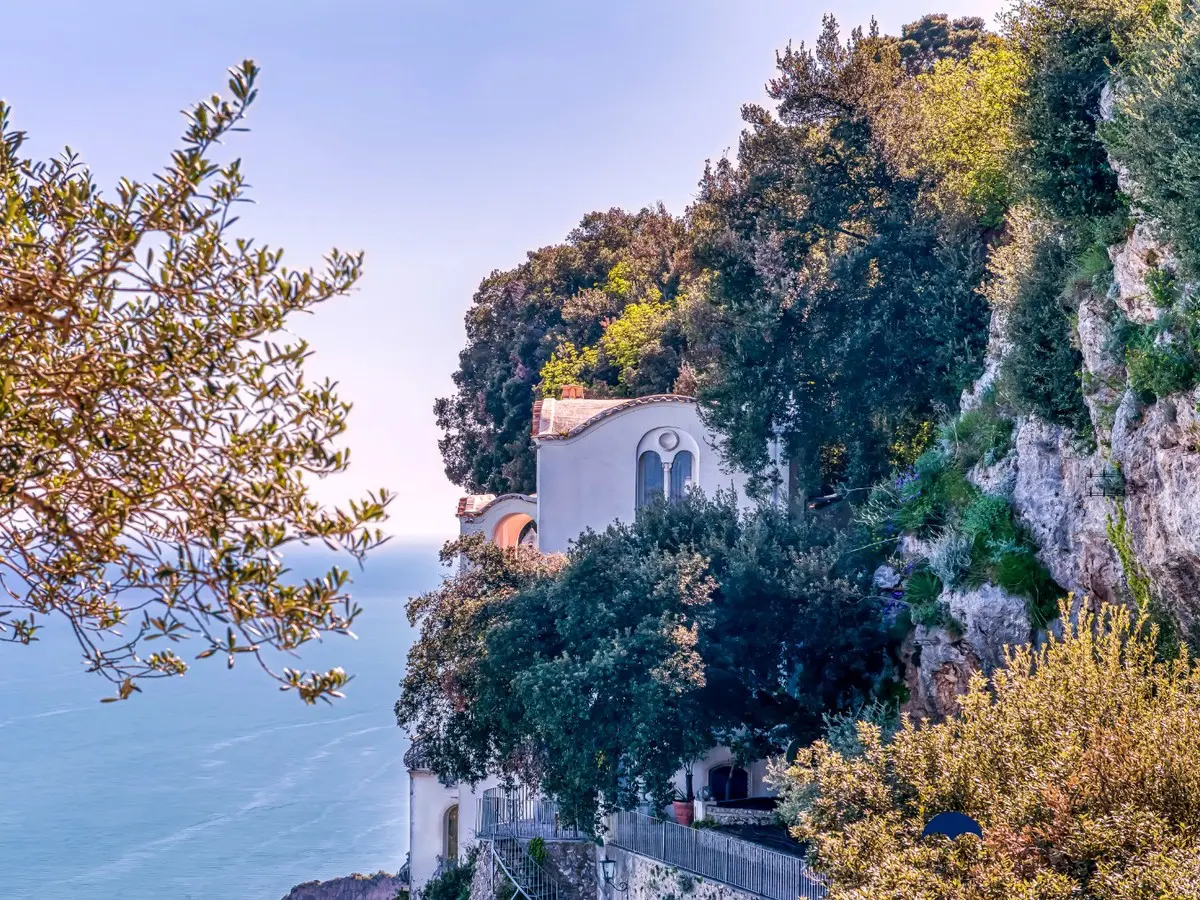 The spectacular clifftop villa where you can dine on the Amalfi Coast
The spectacular clifftop villa where you can dine on the Amalfi Coast
